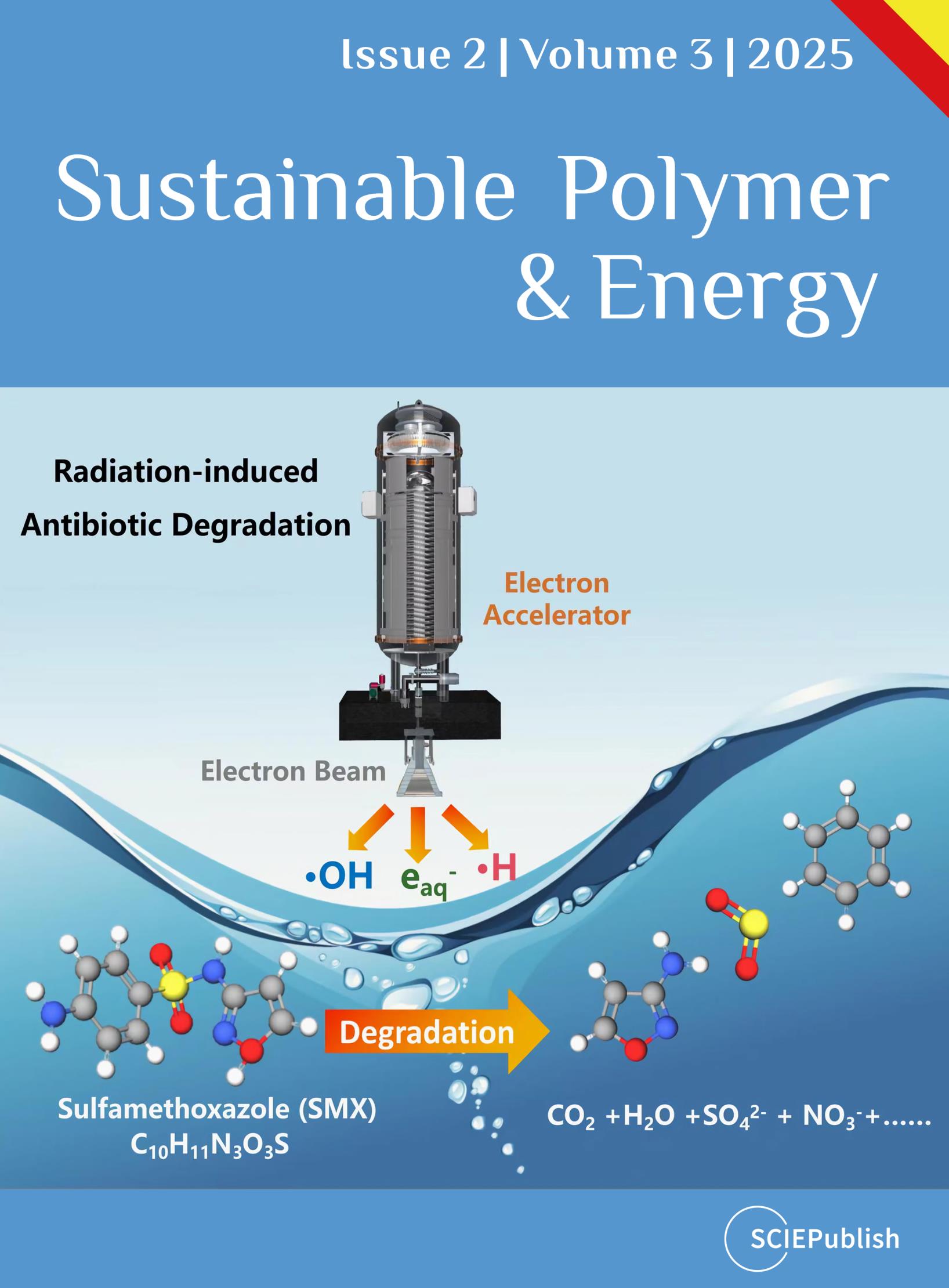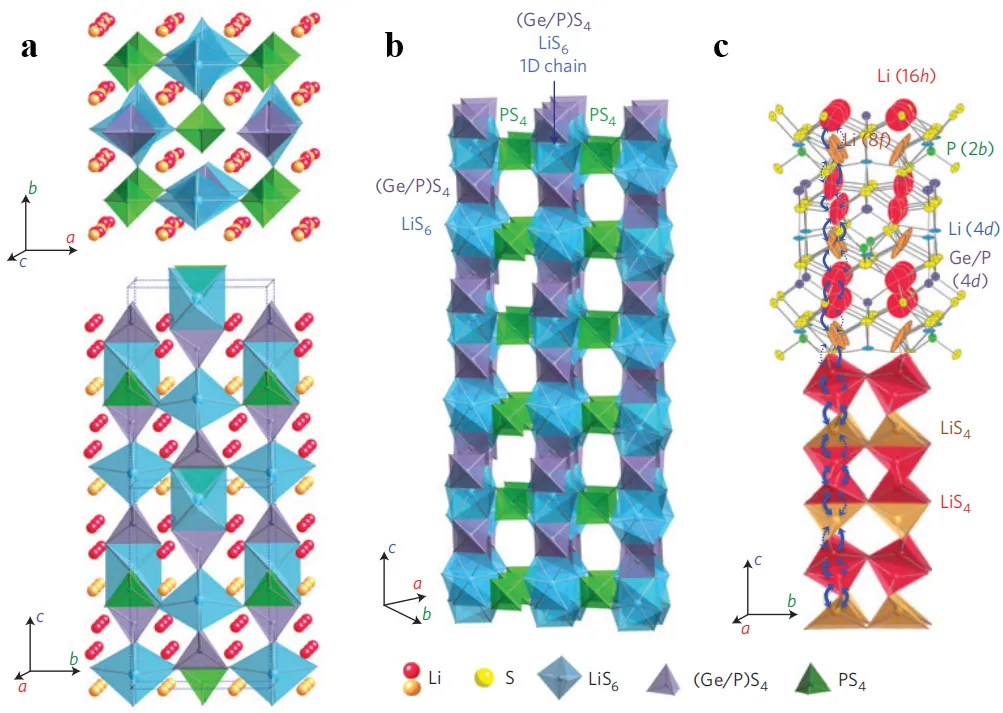Issue 2, Volume 3 – 3 articles
Cover Story (View full-size image):
Ionizing radiation mainly including gamma (γ) rays and high-energy electron beam, is more economical, environmentally-friendly and efficient, which has been recognized as disruptive technology for wastewater treatment. As an emerging advanced oxidation technology, Ionizing radiation has been used for the degradation and removal of various antibiotics in the laboratory and industrial levels, such as sulfamethoxazole, ciprofloxacin, and so on, showing unique advantages and good prospects for development.
In this paper, the radiation-induced degradation of sulfamethoxazole (SMX), a most commonly used antibiotics, was optimized through response surface methodology (RSM) to explore the interactive effect of adsorbed and SMX concentration, which will contribute to treatment of antibiotics-containing wastewater treatment by ionizing radiation technology.



